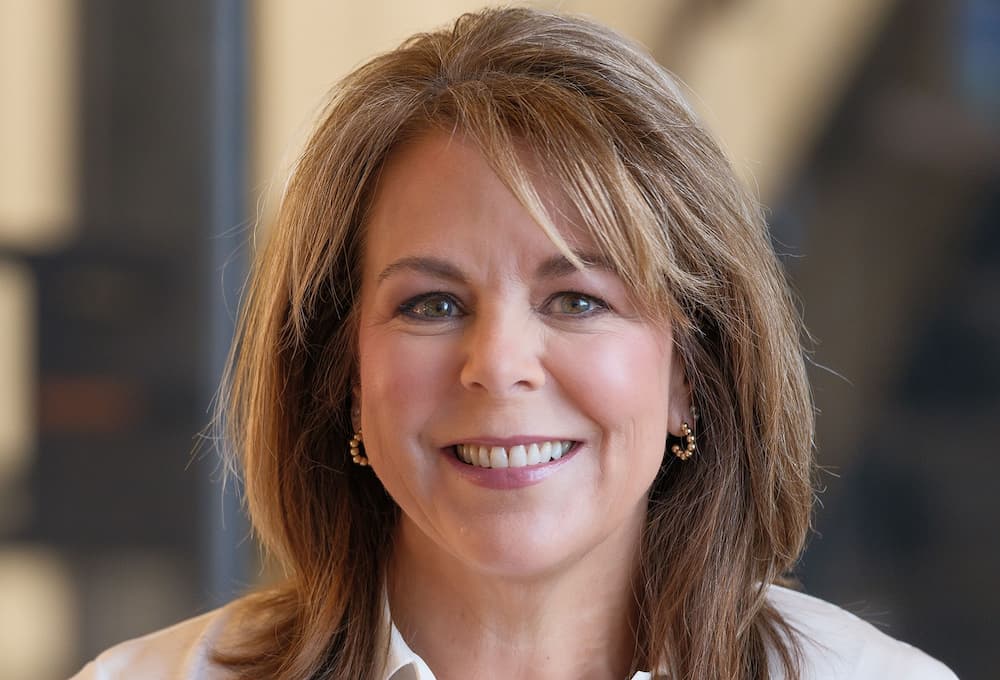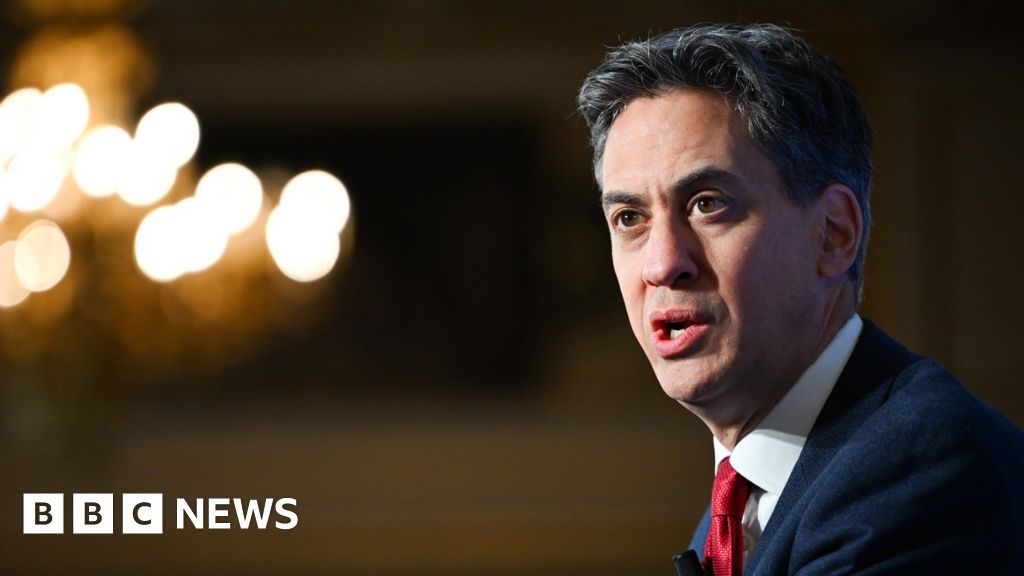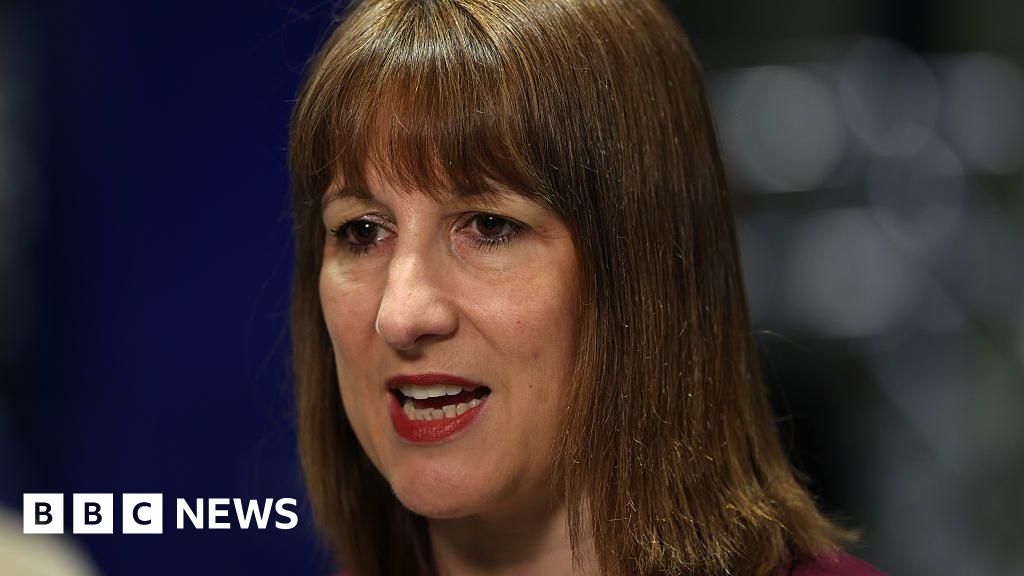Ahmed Othman isn’t on TikTok and doesn’t want to be.
He and his younger sister got iPhones when they were in eighth and seventh grade respectively, but with no social media, just iMessage. Their parents, who are both computer scientists, spent the next year teaching them about social media, bombarding them with studies about its effects on teen mental health.
“They really tried to emphasize social media is a tool, but can also be like your worst enemy if you so make it,” Othman said.
Now 17, Othman credits his parents’ deep involvement for what he calls a “healthy relationship” with his phone. That includes staying away from TikTok.
“The algorithm is so potent that I feel like, you know, TikTok might not benefit me,” he said.
Othman, who’s originally from Libya and lives in Massachusetts, is an outlier among his peers, nearly two-thirds of whom are on TikTok either with or without their parents’ permission, according to the Pew Research Center.
Othman’s parents took a middle ground approach that a growing number of experts say is the most realistic and effective way of teaching children about social media: Rather than an outright ban or allowing free reign, they recommend a slow, deliberate onboarding that gives children the tools and information they need to navigate a world in which places like TikTok, Instagram and Snapchat are almost impossible to escape.
“You cannot just expect that the kids will jump into the world of social media, learn how to swim on their own,” said Natalie Bazarova, a professor of communications and director of the Cornell Social Media Lab. “They need to have instruction. They need to have practice on how to behave on social media. They need to have understanding of risks and opportunities. And they also need to learn that in a way that is age appropriate.”
Few guardrails
The harms to children from social media have been well-documented in the two decades since Facebook’s launch ushered in a new era in how the world communicates. Kids who spend more time on social media, especially when they are tweens or young teenagers, are more likely to experience depression and anxiety, according to multiple studies — though it is not yet clear if there is a causal relationship.
Many are exposed to content that is not appropriate for their age, including pornography and violence. They also face bullying, sexual harassment and unwanted advances from their peers as well as adult strangers. Because their brains are not fully developed, teenagers are also more affected by social comparisons than adults, so even happy posts from friends could send them into a negative spiral.
Lawmakers have taken notice and have held multiple congressional hearings — most recently in January — on child online safety. Still, the last federal law aimed at protecting children online was enacted in 1998, six years before Facebook’s founding.
Last May, U.S. Surgeon General Vivek Murthy issued a warning saying there is not enough evidence to show that social media is safe for kids and urged policymakers to address the harms of social media the same way they regulate things like car seats, baby formula, medication and other products children use. Parents, he stressed, can’t do it all, although some — like Othman’s — try.
Othman at first wanted a phone “with everything on it, no restrictions.”
“But like now, after the years passed, I really do understand and appreciate what they did,” he said.
When it’s not enough
Of course, the Othmans’ approach may not work for every family. Most parents are not computer scientists, and many don’t have the time or expertise to create a crash-course on social media for their children.
But even when parents are vigilant, that’s still no guarantee their children won’t fall prey to social media’s traps.
Neveen Radwan thought she did everything right when she gave her children phones: putting restrictions on their accounts, having access to their passwords, taking away their phones at night, setting everything to private.
“I made sure that everything was very, very, you know, airtight,” said Radwan, who worked in information technology for 20 years.
Her daughter didn’t get a phone until she was 13. She started using social media in the eighth grade. When she was 16, she was diagnosed with anorexia.
“We were right in the beginning of (the COVID lockdowns) and it progressed very quickly because we were at home and she was on social media quite a bit at the time,” Radwan recalled.
An avid athlete, the teen started looking for workouts and ways to stay healthy on Instagram. Soon, though, the algorithm began showing her social media challenges like “how to stay under 500 calories a day” and “if you want to stay skinny, you need to be able to fit in a baby swing.” Within two or three months, Radwan said her daughter was in the hospital.
Today, Radwan speaks about the harms of social media to teens and has joined a lawsuit against Facebook and Instagram parent company Meta Platforms Inc. that seeks to hold the tech giant accountable for the harms its platforms have caused to children and teens. Her daughter has recovered and is attending college.
Are schools the answer?
While parents are definitely part of the equation, most of the the teens and experts interviewed by The Associated Press pointed to schools as the key place where all children can learn about “digital citizenship,” the umbrella term that includes news media literacy, cyberbullying, social media balance and now even artificial intelligence literacy.
“We have sex education. We don’t have things about like online safety,” said Bao Le, a 18-year-old freshman at Vanderbilt University in Nashville. “And a lot of kids are dying of suicide, you know, text sextortion. So I think it’s really important the school also teaches this.”
But while some schools offer digital literacy or online safety programs, these are still few and far between. Teachers already face pressure to teach the regular curriculum while also dealing with staffing shortages and funding issues. Not only that, but kids are often encouraged to be on social media if they want to participate in extracurricular activities and other school programs.
Some schools opt to ban phones altogether, but just as with parental bans, kids often find a way. For instance, at schools that collect the gadgets from kids in the morning, students say they get around it by turning in fake phones. To get around parental bans, they set up social media accounts on friends’ phones, computers or buy burner phones to keep using after they have turned in their official phone.
“Hope is not a strategy. And pretending that (social media) doesn’t exist is also not a strategy, because we have to deal with real life,” said Merve Lapus, vice president of education outreach at the nonprofit Common Sense Media, whose digital citizenship curriculum is used in more than 90,000 schools in the U.S. “Our kids are being exposed to it in some shape or form. They’re hearing about it with their friends. The pressure to feel connected has not changed. I mean, these are all pressures we felt as kids.”
To really connect with kids, he said, it’s best to get deeper into the pressures they face when it comes to social media, and validate that those are real pressures.
“I think that’s one of the challenges right now, is that it becomes the center of attention only when it’s problematic,” Lapus said. “And so we frame these tools as only problematic tools very easily, very quickly, and our kids will say, you just don’t get it, I can’t talk to you about these things because you don’t understand.”
Nonprofits step up
Over the past decade or so, nonprofits and advocacy groups — many run by young people who emerged from their own struggles with social media — have popped up to offer help.
Larissa May stumbled on to social media a decade ago when she was in high school “without any roadmap” on its dangers or how to use it. May said she was dealing with depression and anxiety that social media exacerbated. In college, she became “obsessed” with social media and digital marketing, running a fashion blog where she was posting on every day.
“I got to a point where I was spending 12-plus hours a day on my phone in my room, more focused on my digital identity than the world around me, my mental health, my physical health, my sleep,” May recalled. She almost took her own life.
The turning point came when May started going to a psychiatrist almost every day, with clear instructions of what she needed to do: Take antidepressants, start moving her body sleep, and start socializing.
“However, I was spending all of my day on my phone, which they never addressed, and being on my phone prevented me from doing all of those things,” May said. “And it wasn’t until one day where I had this, you know, midnight thought of, why can I not heal? And it was because I hadn’t healed my relationship with technology.”
So, she shut down her fashion blog and started HalfTheStory in 2015, with the intent of gathering stories from young people such as Othman to understand how social media was affecting them.
“And what I found out was that I wasn’t alone in my struggle,” she said.
Today, HalfTheStory works with young people to build better relationships with technology, on their own terms, starting in middle school even before some kids have a device.
To May, abstinence is not the answer to teens’ problems with social media.
“What I learn from every single one of our teens is that they wish their parents had more boundaries for them,” she said. “And I think that parents feel afraid because honestly, a lot of violence and conflict erupts around devices.”
Credit: Source link











